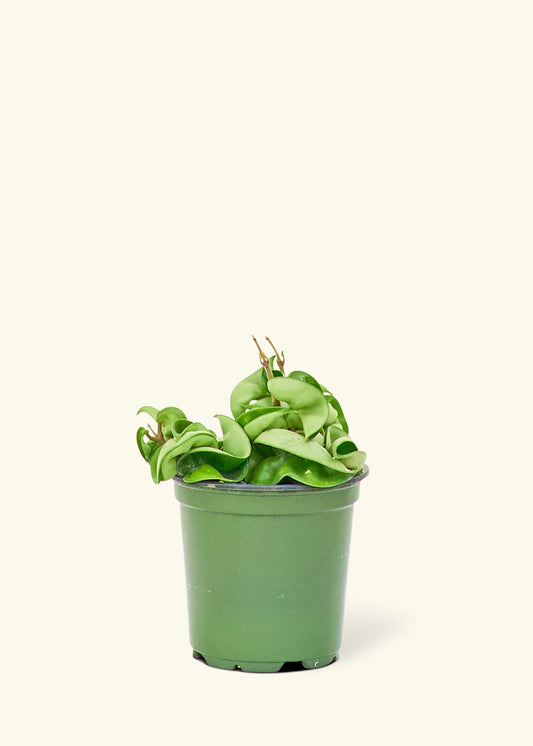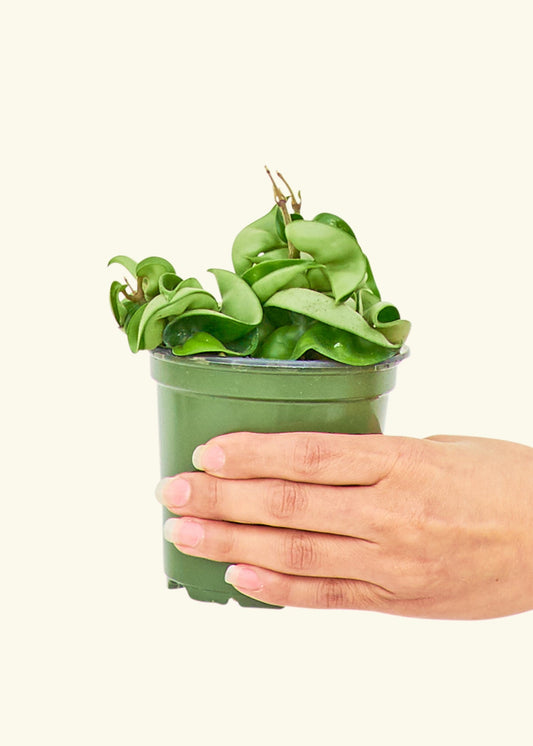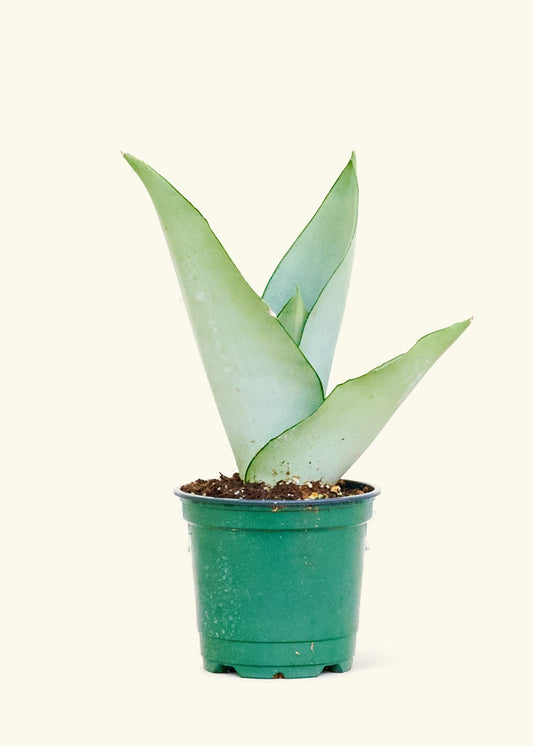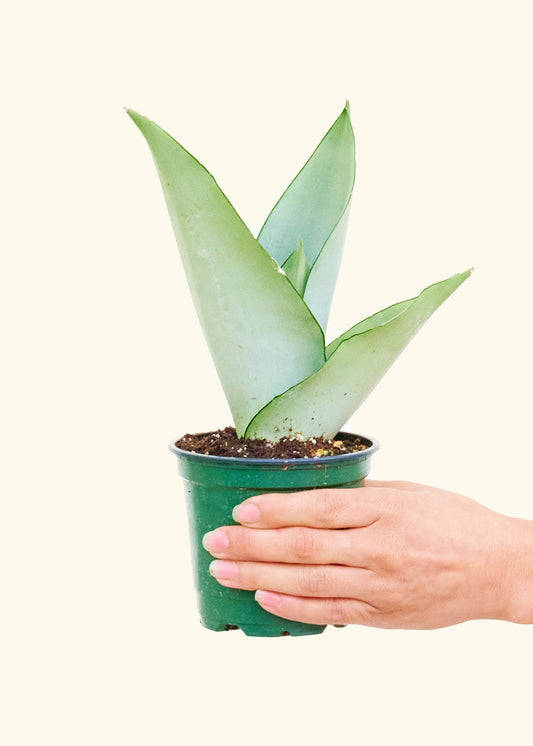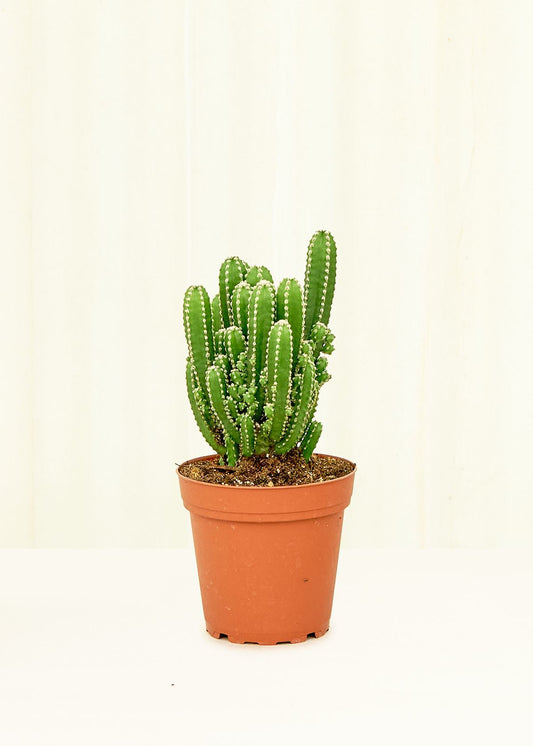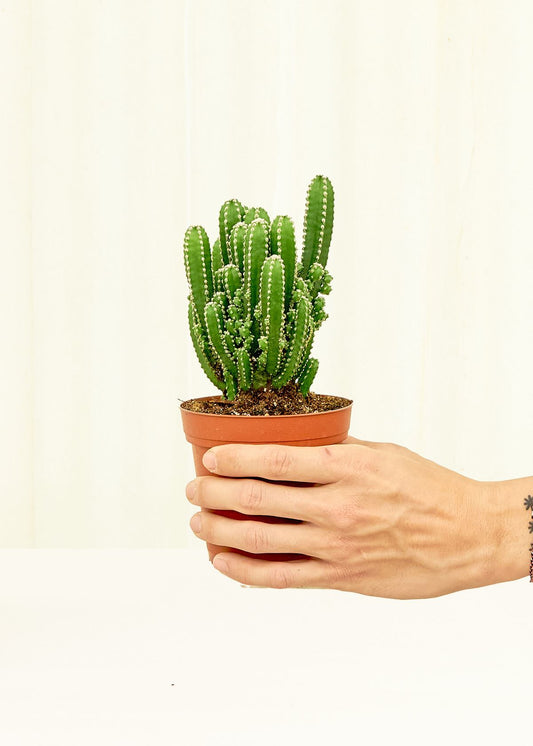Desert Plants for Sale: Overview
Are you looking for plants that thrive in dry conditions and still turn heads? Arid and desert plants are some of the most resilient and low-maintenance additions you can bring into your home or landscape. Whether outfitting a sun-drenched patio or adding texture to your indoor space, these heat and drought-tolerant plants offer style without stress.
From sculptural succulents to rugged desert shrubs, countless types of desert plants exist to explore. These beauties are built for survival. Many require little water, flourish in bright light, and shrug off neglect like pros. Better yet, many desert house plants purify the air, bringing calming, minimalist charm to any setting.
You’ll find striking choices in our collection, including the hardy Jade Plant (Crassula ovata’) and the bold, upright Snake Plant ‘Laurentii’ (Sansevieria ‘laurentii’), perfect for both indoor desert plant displays and bold outdoor arrangements. Explore our full selection of drought-resistant plants and discover how easy it is to create your own low-water oasis.
Arid Plants: Care & Growing Guide
Desert and arid plants are famous for being tough and undemanding, making them ideal for beginners and busy plant lovers. You can keep these resilient beauties healthy and thriving year-round with just a few basic guidelines.
Watering, Light, Humidity, and Temperature
Arid plants prefer deep but infrequent watering. Let the soil dry out completely between waterings to prevent root rot. Most varieties thrive in bright, indirect light but can adapt to direct sun or lower light levels. Low humidity is ideal, and average room temperatures suit them just fine..
Repotting, Soil, and Feeding
Use a fast-draining cactus or succulent mix to mimic their native desert conditions. Repot every 2-3 years or when rootbound. Feeding needs are minimal. Apply a diluted cactus fertilizer once or twice during the growing season, and skip it entirely in winter.
Propagation
Most arid plants are easy to propagate by stem cuttings or division. To prevent rot, allow cuttings to callous over before planting them. Some succulents and cacti can also be grown from leaf cuttings or offsets, making them easy to multiply at home.
Pruning, Cleaning, and Common Issues
These plants rarely need pruning, aside from removing dead or damaged growth. Dust leaves occasionally with a dry cloth. Watch for overwatering, which can lead to root rot or fungal issues. Mealybugs or spider mites may appear in dry indoor conditions, but are easy to manage with prompt care.
Types of Desert Plants: Explore Our Collection
Desert plants come in many stunning forms, from cascading succulents to bold architectural stems. Here are some standout varieties available now in Hey Rooted’s arid plants collection. Each one is perfect for indoors or low-water landscapes.
String of Pearls
Description: With its delicate, bead-like foliage, String of Pearls(Senecio rowleyanus) adds whimsical charm to shelves, hanging baskets, or sunny windowsills. This trailing succulent thrives in bright light and well-draining soil.
African Milk Tree
Description: The striking African Milk Tree (Euphorbia trigona ‘rubra’) features upright, cactus-like stems and small green leaves along its ridges. It’s a fast grower, drought-tolerant, and unique structural accent for any indoor or outdoor desert plant collection.
Hoya Rope Plant
Description: Hoya carnosa compacta, commonly known as the Hoya Rope Plant, is a semi-arid plant with twisted, waxy leaves and clusters of star-shaped blooms. It’s a low-water, easy-care favorite for hanging pots or bright indoor spaces.
Aloe Vera
Description: Known for its soothing gel, Aloe Vera (Aloe barbadensis miller ) is both functional and beautiful. This rosette-forming succulent is one of the best drought-resistant plants for sunny windows, patios, or minimalist desert landscapes.
Get Lush Desert Plants for Sale From Hey Rooted Now!


